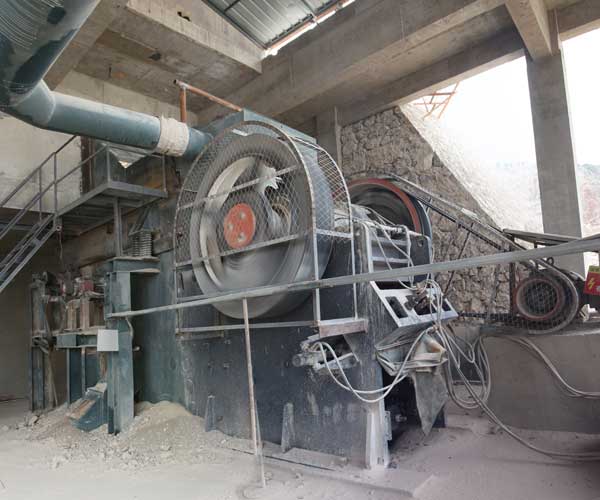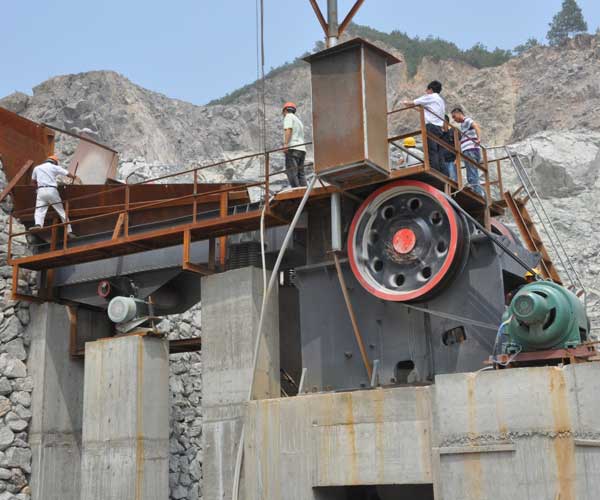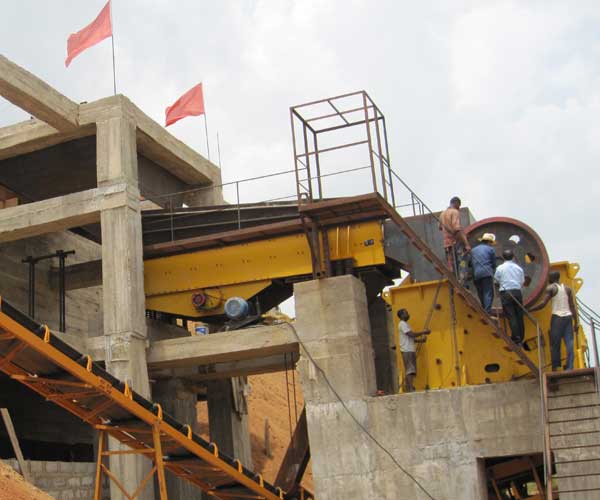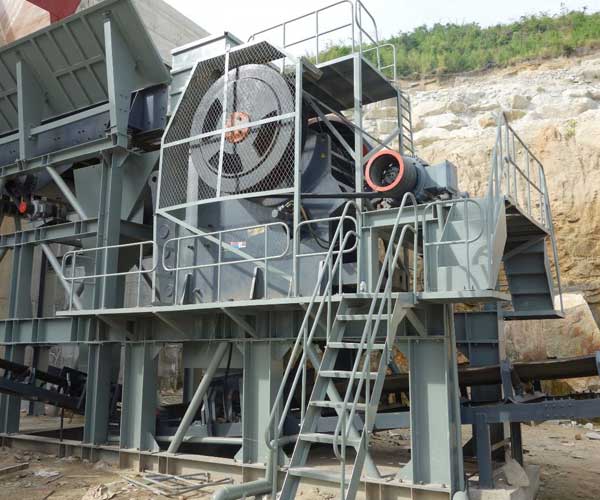
Improving the capacity and productivity of a jaw crusher is a multi-faceted endeavor that involves careful consideration of various factors. By optimizing the feed opening, controlling the feed material, optimizing the crushing chamber design, maintaining proper CSS, and performing regular maintenance, operators can achieve higher capacity.
24 Online Service

Jaw crushers are widely used in the mining and construction industries for breaking down hard materials into smaller, more manageable sizes. These versatile machines play a vital role in various crushing applications, making them an essential component of many operations. Understanding the capacity of a jaw crusher is crucial in optimizing its performance and maximizing productivity.
The capacity of a jaw crusher refers to the maximum amount of material that can be crushed per unit time, typically expressed in tons per hour. It is influenced by several factors, including the physical characteristics of the feed material, operational parameters, and the design of the crusher itself.
The size of the material entering the jaw crusher significantly impacts its capacity. Larger feed sizes generally result in higher capacities, as the crusher can process more material at once. However, excessively large feed sizes can cause blockages and reduce the overall efficiency.
The design of the crushing chamber plays a crucial role in determining the capacity of the jaw crusher. Different chamber geometries and profiles have varying effects on the crushing process. For instance, a deep crushing chamber provides a higher capacity due to increased compression ratio, while a shallow chamber may offer improved nip angles and better particle shape but at a potentially lower capacity.
The stroke length and eccentricity of the jaw crusher also influence its capacity. A longer stroke allows for more material to be processed per cycle, leading to higher throughput. Similarly, a larger eccentricity creates a more significant crushing action, increasing the capacity of the crusher.
The CSS refers to the smallest distance between the movable and fixed jaw plates at the bottom of the crushing chamber. Adjusting the CSS allows control over the size of the output material. A tighter CSS setting can result in finer product sizes but may reduce the overall capacity of the crusher.
The hardness and abrasiveness of the material being crushed affect the capacity of the jaw crusher. Harder and more abrasive materials require higher crushing forces and may decrease the crusher’s capacity due to increased wear on the crushing surfaces.
To calculate jaw crusher capacity accurately, the following steps can be followed:

While it is challenging to provide an exact number for a jaw crusher’s production capacity due to the numerous variables involved, industry experience and technical specifications can give us a rough estimation. The production capacity of a jaw crusher can range from a few tons per hour to several thousand tons per hour, depending on the factors mentioned above.
In general, smaller jaw crushers tend to have lower production capacities. A typical small-scale jaw crusher might have a production capacity ranging from 1 to 10 tons per hour. Medium-sized jaw crushers can produce around 50-300 tons per hour, and larger-sized jaw crushers can achieve outputs of up to 1000 tons per hour or more.
It is important to note that these numbers are approximations and can vary depending on the specific application, material characteristics, and operating conditions.
Having a jaw crusher with a high hourly production capacity brings numerous benefits to industries that rely on efficient crushing processes:

Jaw crushers are vital equipment in the mining and aggregate industries, commonly used for primary crushing of various materials. Maximizing the capacity and productivity of a jaw crusher is crucial for efficient operation and achieving high-quality end products.
The feed opening is an important parameter that significantly impacts the capacity of a jaw crusher. A larger feed opening allows larger rocks to enter the crusher and be processed efficiently. It is recommended to select a jaw crusher with a wide feed opening to accommodate a variety of material sizes. Moreover, proper jaw crusher sizing should be based on the maximum feed size and required product size to achieve optimal performance.
Controlling the feed material is essential for maximizing the capacity and productivity of a jaw crusher. A consistent, well-graded feed will result in more uniform crushing, reduced wear on the jaw plates, and improved efficiency. Here are some key considerations:
The design of the crushing chamber plays a crucial role in maximizing capacity and improving crushing efficiency. Consider the following aspects:
The closed side setting (CSS) is the smallest gap between the jaw plates during the crushing cycle. It directly influences the product size distribution and the crusher’s capacity. It is crucial to maintain a consistent CSS to ensure optimal performance. Here are some tips:
Proper maintenance and inspection are essential for the long-term performance and productivity of a jaw crusher. Regularly scheduled maintenance tasks include:
A jaw crusher is a fundamental piece of equipment used in the mining, construction, and recycling industries. It is commonly used to break down larger pieces of rock into smaller aggregates, gravel, or even dust. The jaw crusher has been around for decades and has undergone several advancements and innovations, making it a highly efficient and versatile machine.
Over the years, jaw crushers have evolved to offer enhanced performance and efficiency. Advanced technologies have been incorporated to improve productivity, reduce operating costs, and enhance safety. For example, some modern jaw crushers feature hydraulic systems that enable easy adjustment of the closed side setting, allowing operators to control the size of the output material more effectively. This flexibility is particularly useful in applications where different sizes of aggregates are required.
Furthermore, noise and dust reduction have been a focus of improvement in jaw crusher design. Enclosures and sound-absorbing materials are often utilized to minimize noise levels, creating a more comfortable and safer working environment. Additionally, dust suppression systems are employed to reduce airborne dust, protecting the health of operators and improving overall site cleanliness.
Our Projects
Copyright © ZENITH, All Right Reserved.
